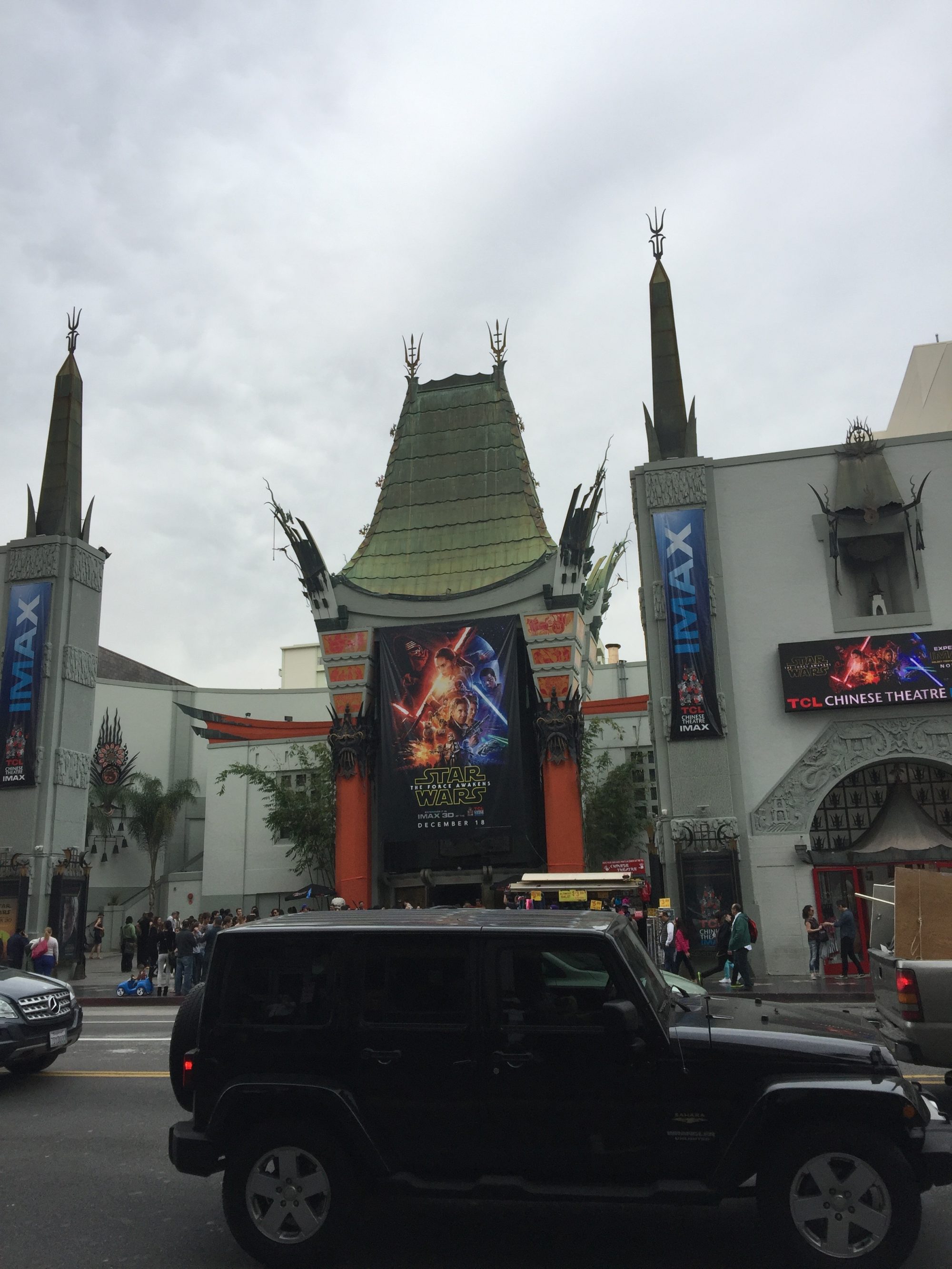English 654: Digital Publishing
Instructor: Dr. Santosh Khadka
Email: santosh.khadka@csun.edu
Office: Sierra 834
Office hours: Tuesday 9:30-10:30AM
Course Description
This course focuses on the production process for publishing various digital projects, such as magazines, monographs, journals, or open/non-linear projects like digital archives. While the course specifically deals with digital publishing project management and workflows with some current platforms and tools, such as ANVC Scalar, InDesign, and WordPress, it also covers other critical aspects of digital publishing, such as intellectual property issues, project sustainability, and crafting funding proposals for non-traditional publishing projects.
Assignments
1. Podcast Assignment (15%)
2. Video Narrative Assignment (15%)
3. Magazine Design and Production Assignment (30%)
4. Digital Archive Assignment (20%)
5. Digital Portfolio Assignment (10%)
6. Blogging (10%)
Required Texts : Available for Purchase at Matador Bookstore, CSUN
1. Johnson, Sammye, & Patricia Prijatel. The Magazine from Cover to Cover: Oxford University Press, 2012. Third Edition <Direct Link here>
2. Ryan, Heather, & Walker Sampson, Barry. No-Nonsense Guide to Born-Digital Content. Facet Publishing, UK , 2017. <Direct Link Here>
Journal articles and other texts will be made available via Canvas.
Course Calendar
Participant Digital Portfolios
Alden Robison: https://asr654.wordpress.com/
Munina Lam: https://muninalam.wordpress.com/
Golan Levy: https://glevy654.wordpress.com/
Richard Rosales: https://rrosales120403494.wordpress.com/
Wesley Beard: https://wesleybeard.wordpress.com/
Hannah Kiernan: https://hannahkiernan.wordpress.com/
Celia Velazquiz: https://celiavelazquez207665927.wordpress.com/blog-responses/
Brandon Gauthier: https://bpgauthier.wordpress.com/
Sabina Erickson: https://sabinaerickson.com/
Lorena Ramirez: https://lorenaswriterspot.wordpress.com/
COURSE POLICIES
Attendance
Attendance will be recorded at the start of each class. Missing more than 2 class meetings will result in you failing the class–regardless of the reason. I do not respond to emails asking what you missed in class; it is your responsibility to find out from a fellow classmate.
Classroom Conduct
Each student is expected to conduct themselves in a respectful manner. If you are disruptive or inconsiderate in any way (talking, texting, doing work for another class, etc.) you will be asked to leave. Dismissal from the class will count as one absence.
Submitting Assignments
Post (or embed) all your home works and projects to your site. A section on your site should serve as your final portfolio. We will discuss how you can create final portfolio in your site.
Office Hour Policy
Although I have a set time for office hours, I can also arrange appointments. If you need to visit me at a time that is not within my scheduled office hours, please email me or talk to me after class.
Plagiarism
Simply put—don’t do it! Plagiarism is the act of “intentionally or knowingly representing the words, ideas, or works of another as one’s own in any academic exercise” (CSUN catalog 553). Specific forms of plagiarism include:
Turning in material that was written for any other class (high school included). Offering a restructured, reworded, version of someone else’s text as your original work. Downloading essays from the Internet, or purchasing papers, and offering them as your own work. Practicing any variation of not turning in original work for grades.
If you do plagiarize it will result in a failing grade on the plagiarized assignment and is grounds for disciplinary action by the university. Any instance of plagiarism will be reported to the Assistant Vice President for Student Life. If you are unsure how to avoid plagiarism when incorporating other sources into your writing, please meet with me. We will spend time in class reviewing how to properly cite sources. Remember, when in doubt, don’t do it! You cannot become a better writer if you don’t do the writing yourself. Furthermore, I check for inconsistencies and if I feel that your paper may be plagiarized I may ask you to submit your work electronically tohttp://www.turnitin.com (a website that checks for plagiarized material).
